While the future of travel remains unclear in a new coronavirus world, travel industry experts say that one trend is likely to ring true: an interest in remote destinations where social distancing is a way of life rather than a concerted effort.
“Isolated places are going to have a whole new appeal because people are afraid to mix with others and socialize,” says Andrew Steinberg, an advisor at the luxury travel company Ovation Travel. “They want to travel but get away from everyone and secluded destinations offer the opportunity to do that.”
Most of these locales are set in nature, says Steinberg, and have a high-end hotel that gives guests a distinct sense of place and is a driving factor in the trip.
Also, United States residents will likely seek this seclusion domestically, instead of venturing abroad. “Many of my clients are already telling me that they want to stay closer to home,” says Steinberg.
Erina Pindar, the managing director of the luxury travel advisory SmartFlyer, agrees that isolation will be a dominating theme in the travel industry going forward. “Our clients are saying that they want to have control over their environment and protect their health, and it’s harder to do that when you’re going to someplace touristy,” she says.
From Big Sur, California, in the US to Lord Howe Island in Australia, the following destinations and properties give travelers who value the safety of isolation the remoteness they’re craving.
Big Sur, California
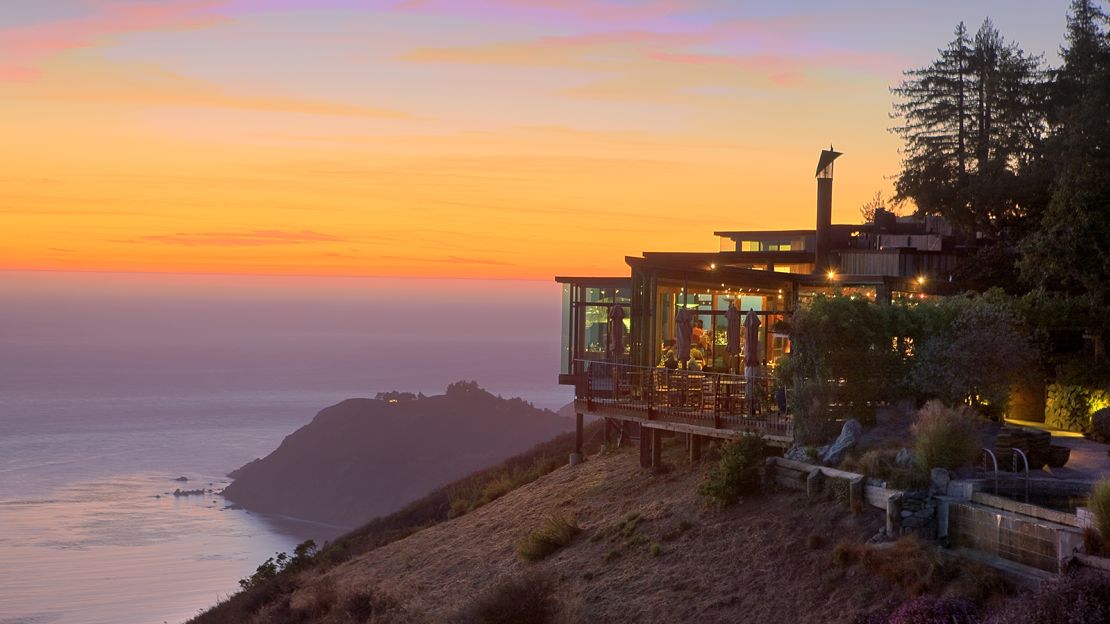
Located about 150 miles south of San Francisco, the dramatic cliffside town of Big Sur is known for a get-away-from-it-all feel. Travelers come to enjoy the spectacular and dramatic scenery that includes the rugged coastline of the Pacific and vast expanses of open space, where you can hike among the redwoods and revel in the silence.
With between only 1,800 and 2,000 residents, the region is sparsely populated, and the chances of encountering any large groups on your vacation are slim to none.
Big Sur is somewhat undeveloped: Restaurants are few and far between, and WiFi and cell reception are spotty at best.
Accommodations are also scant, though the Post Ranch Inn, a 39-room property, that also has two private guest houses, is among the most upscale in the country.
Built 1,200 feet above the Pacific Ocean, the hotel has endless ocean vistas, miles of onsite hiking trails and a spa set in the middle of the forest. Star gazing, yoga and meditation are among their most popular activities, and given the distance separating the accommodations, it’s quite easy to avoid contact with other guests.
Panama’s Pacific coast
Panama’s Caribbean coast has been a staple vacation spot for international travelers for several years, but the Pacific side is virtually uncharted territory. It’s the wild part of the country with thick tropical forests, an abundance of flora and fauna and a plethora of diverse marine life.
The Gulf of Chiriquí is part of this picturesque coast and home to large, unspoiled coral reefs and two protected marine parks. Here, travelers can surf year-round without the crowds, scuba dive and snorkel and even see migrating humpback whales, during the peak season of July through October.
To stay, there’s Islas Secas, a privately-owned archipelago of 14 beautiful islands, in the Gulf of Chiriquí that opened in 2019. The property is comprised four casitas – choose from one, two or four bedrooms, all with ocean views, a sprawling private deck and a plunge pool.
Guests can enjoy a private marine safari, a treatment at the spa or simply do nothing.
Canyon Point, Utah
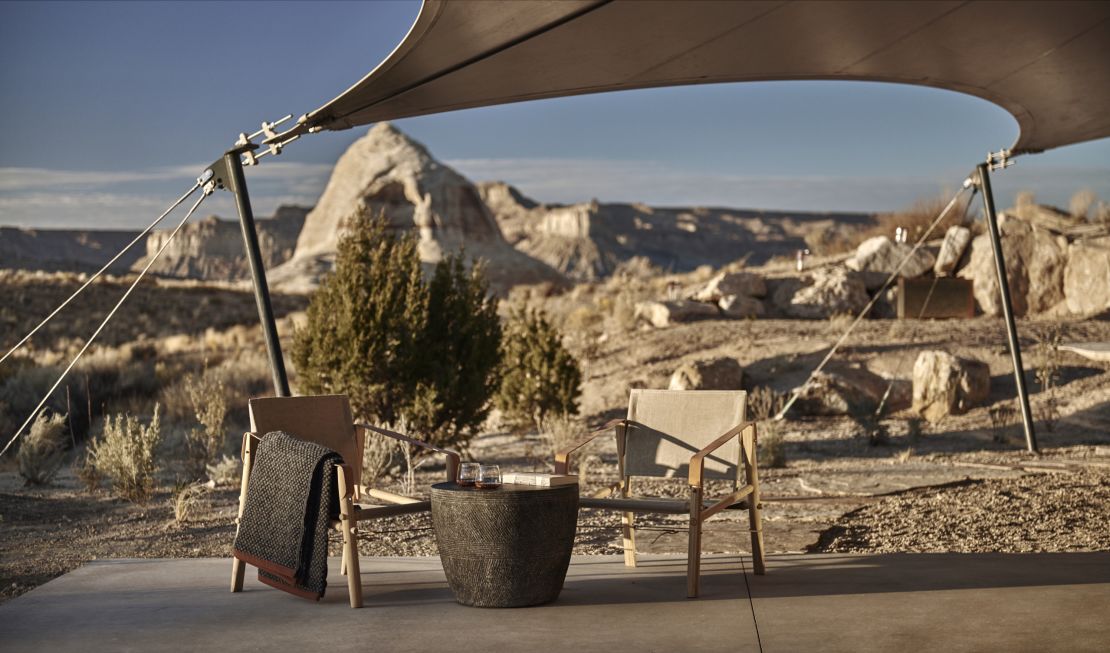
While national parks slowly begin to reopen, the famously isolated Amangiri is more of a draw than ever. The luxury retreat will reopen on May 21, with a new set of cleanliness guidelines in place to provide guests with an additional layer of safety during the coronavirus, including a mandatory twice daily temperature and wellness check for all visitors and staff.
The property lies on the southern border of Utah, within a manageable distance of the Grand Canyon, Bryce Canyon, Zion National Park and Monument Valley Tribal Park, which are beginning to loosen restrictions on visitation.
Beyond the adjacency to these preserved areas of North America’s natural grandeur, the draw of its remote location, unspoiled and wild, is its rare combination of epic space, rugged desert landscapes and complete privacy. Guests can enjoy the outdoors hiking or horseback riding or spend time learning the history and culture of the Navajo, the Native American tribe who have lived on the land for centuries, well before the founding of the US.
In July, Amangiri will debut its Camp Sarika – an even more remote tented camp that sits on 136 acres, a 5-minute drive or 30-minute hike from Amangiri. There are ten tented pavilions, positioned to guarantee the utmost privacy and seclusion. The name Sarika is derived from the Sanskrit word for “open space” and “sky,” which is a perfect description for this otherworldly encampment.
Wolgan Valley, Australia
It may be only a three-hour drive from Sydney, but Wolgan Valley is completely removed from any civilization. Situated within the World Heritage-listed Greater Blue Mountains, this is Australian bushland at its best- a place of canyons and ancient stone formations, national parks and iconic wildlife including kangaroos and wallabies that number in the thousands.
Travelers can explore the landscape and partake in epic hikes such as the sunrise trek up Donkey Mountain, in Gardens of Stone National Park, where unobstructed views of Wolgan Valley are the reward at the top.
Hotel-wise, the most luxurious option is Emirates One&Only Wolgan Valley, a 40-room sustainable resort on a nearly 7,000 acre plot of land. Currently closed due to the coronavirus., the property has more than 15 miles of onsite hiking trails, a destination-worthy spa offering unique treatments such as sound therapy and a robust lineup of activities such as a night wildlife safari and a tasting of Australian gins.
Bolivia’s Salt Flats
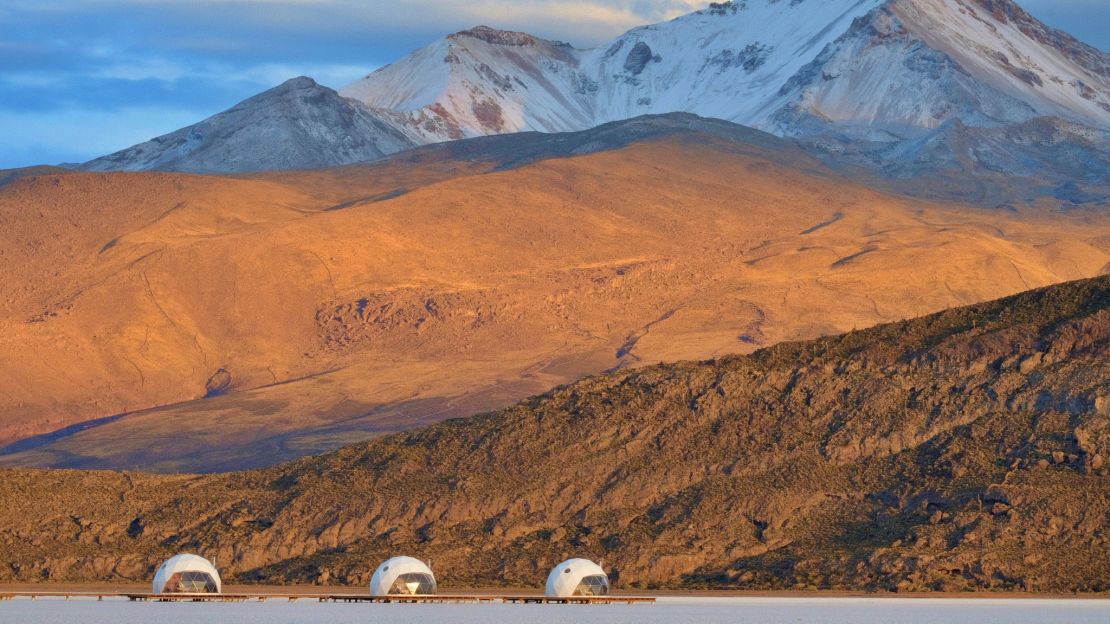
Formed from several prehistoric lakes, the Uyuni Salt Flats, in southwest Bolivia near the Andes, span more than 4,000 square miles and are the world’s largest salt flats. This sparsely populated part of the country is dotted with tiny, ancient villages that look virtually as did centuries ago, archeological sites including the pre-Colombian city of Alcaya and uninhabited islands covered in cacti.
Given the lack of hotels, discovering this natural wonder wasn’t an option until late 2019 when Kachi Lodge opened. Built directly on the flats, at the foot of a volcano, the upscale property is a design gem comprised of six domes decorated with local textiles, art and furniture. Start the day with a sunrise hike, visit the volcano crater, star gaze or collect the salt that forms at the surface of the flats.
Sunnmore, Norway
It’s no exaggeration to say that the scenery in this northwest Norway coastal region is nothing short of awesome. Expect natural marvels, spectacular fjords, waterfalls and wildlife that includes puffins, orcas and colonies of seals. There’s nary a human in sight.
The luxury experiential travel company 62ºNORD opens up this untouched area to outsiders by arranging itineraries that include kayaking around fjords, visiting Runde Island, home to over 500,000 birds, and helicopter tours of the landscape. The company runs two hotels here: Hotel Union Øye, reopening April 23 and a great base for hiking, and Storfjord Hotel, a 30-room lodge, which has unobstructed views of the Sunnmøre Alps.
Chile’s Northern Aysen region
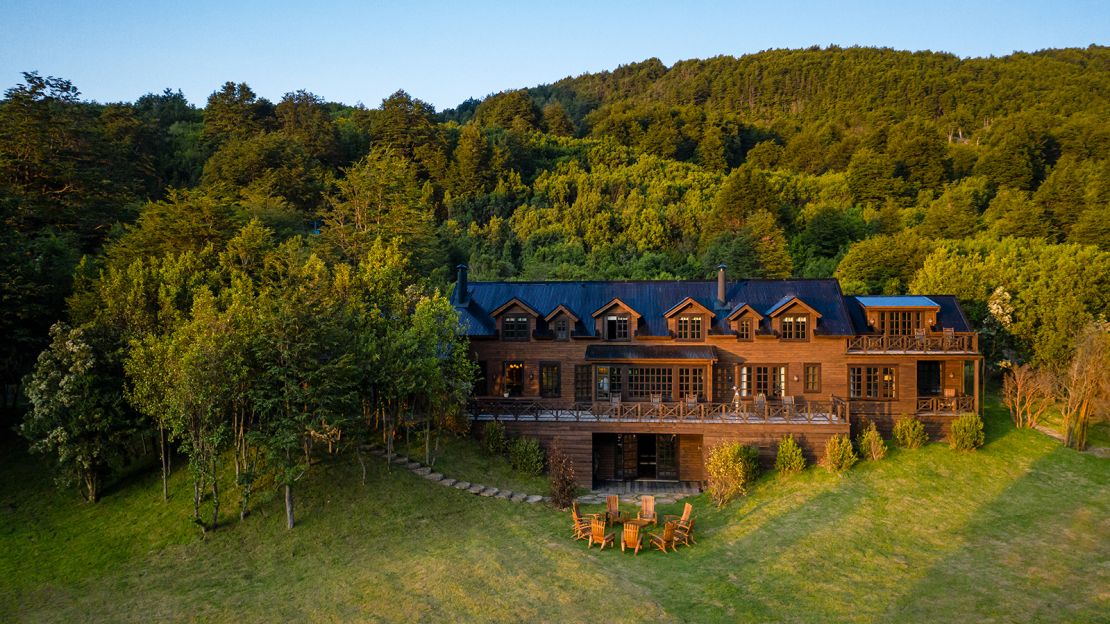
Your typical Patagonia this isn’t: While most travelers who venture to the southern Chilean region head straight to Torres del Paine National Park, the Aysen area in North Patagonia is untraversed territory. The scenery of ice fields, glaciers, lakes and rivers set against the rugged Andes and emerald green valleys is dramatic to say the least, but the dearth of other people may be Aysen’s biggest appeal.
The new Rio Palena Lodge is the place to stay on a trip here. Built on the banks of an eponymous river, the 35-acre property has seven rooms and is designed for adventure seekers. Activities include outstanding fly fishing, mountain biking, hiking, rafting, kayaking and canoeing, helicopter sightseeing picnics and wine and Pisco tastings. Guests need at least a week to take advantage of them all.
Lord Howe Island, Australia
This New South Wales island in the Tasman Sea is full of long, sandy beaches, subtropical forests and colonies of birds (perfect for would-be ornithologists). The tiny inlet is also surrounded by corals that are home to more than 500 species of fish, making it a dream for snorkeling and scuba diving – in fact, it has the southern-most reef in the world. Only 400 people a day are allowed on Lord Howe so this getaway is isolated – you can spend hours outside without seeing another person at all.
Capella Lodge is the most high-end hotel on the island and has nine suites, all with panoramas of Mount Gower, the tallest mountain on Lord Howe. Slated to reopen this summer, the property was recently renovated and has a standout seafood restaurant that serves dishes highlighting the region’s ocean bounty such as kingfish, tuna and squid.
Northeast Nevada
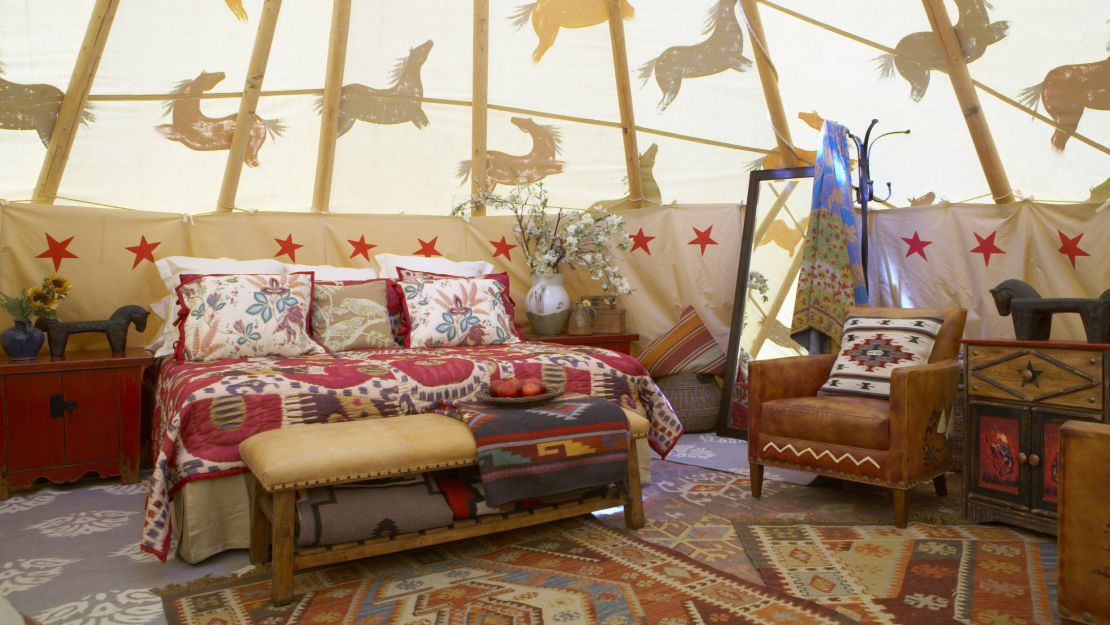
Characterized by wide open desert plains dotted with sage brush and desert blooms, northwest Nevada may have more horses than people. There are a handful of forgettable small towns in the area, but a visit is about appreciating a landscape and wildlife – namely the free-roaming mustangs – that exemplify the distinct heritage of the American West.
The incentive to plan a trip to this US region is coming on June 1 with the opening of Mustang Monument, a resort owned and run by philanthropist and animal welfare activist Madeleine Pickens, who has made it her life’s mission to protect mustangs. Spread over 900 square miles of wilderness where 750 of these horses run free, the resort has a mix of tipis and cabins. Guests can pack their days with adventures such as mustang safaris, desert hikes, rock climbing, off-roading and roping.




